
Winter in Hokkaido is notorious for bone-chilling cold and endless snow. Despite these harsh conditions, there are plenty of tough travelers willing to brave the cold to have some wintery fun!
To get the inside info on Hokkaido’s winter, we asked travelers from 5 countries what shocked and surprised them the most!
(The following statements are the opinions of the respective individuals)
1. Studless Snow Tires
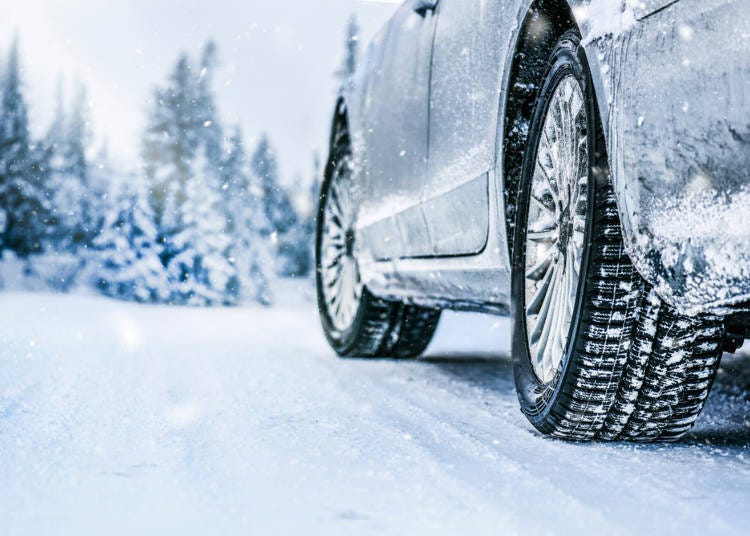
“When I rented a car in Hokkaido, I was surprised to learn about the benefits of studless snow tires. While England has the same latitude as Hokkaido, it rarely snows, and even if it does, it melts quickly. I’ve never had the need for special snow tires before! It sounds simple, but it was actually quite interesting!” (English man)
Studless tires were developed to prevent slipping and allow safe driving on frozen or snowy roads. They are made from a special combination of rubber that allows them to stay soft during freezing temperatures and grip onto icy roads. While they are a necessity in Hokkaido, they’re essentially useless in places that don’t have constant snow.
All rental car outlets provide options for studless snow tires, so if you’re planning to drive around Hokkaido in winter, we highly recommended them! However, don’t be overconfident and let your guard down! Winter roads in Hokkaido are dangerous no matter what tires you have.
2. The Surprising Warmth!
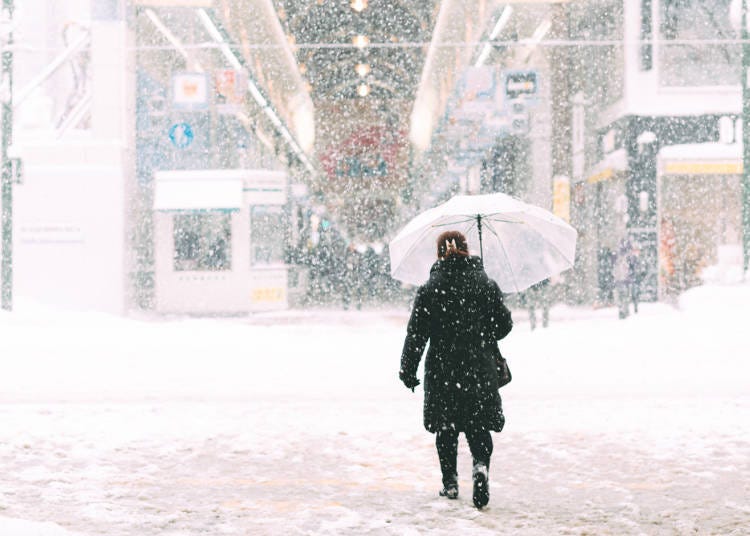
“While staying at a hotel in Sapporo, I received a message from my Japanese guide warning me that today was going to be extra freezing! I was intrigued, so I checked the weather to see it was just -10°C. In my country, winter days of -20°C are normal, so I think freezing is a bit of an exaggeration!" (Russian woman)
This traveler came from the Russian state of Sakhalin Oblast, which is further north than Japan’s most northern town of Wakkanai and endures a winter that lasts almost half a year!
The snowfall is extremely heavy, and there are places that drop below -30°C! While Sapporo does experience blizzards and heavy snowfall, it is generally not as extreme as places like Canada and Russia.
3. Asahikawa’s Hearty Ginger Ramen!
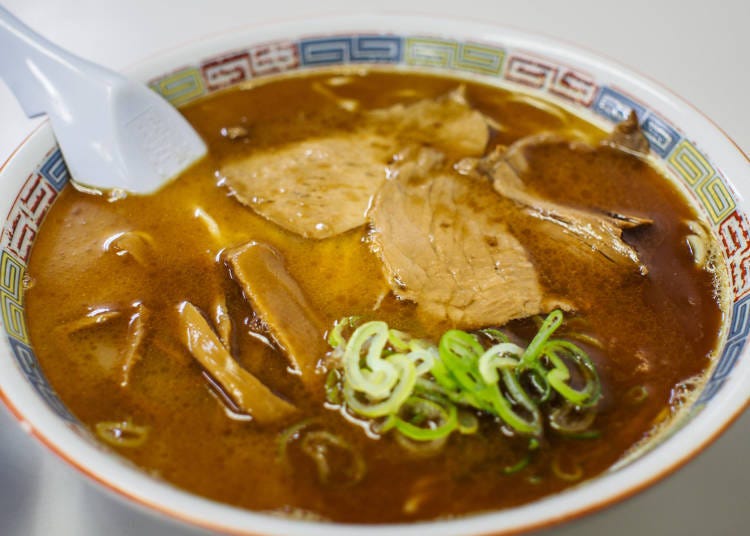
“While I thoroughly enjoy the renowned Sapporo ramen, I argue that Asahikawa, with its perfect balance of seafood and pork broth, holds the title of Hokkaido’s best ramen city! The ginger ramen in particular warms your body on cold winter days, making it both lifesaving and delicious!” (Australian man)
Asahikawa ramen uses thin, wavy noodles and a broth extracted from pork bones and seafood known as a "double soup." From rich ramens that pack a punch to lighter renditions full of delicate umami flavors, each ramen outlet in Asahikawa offers their own unique take.
If you’re struggling to survive the brutal winters of Asahikawa, which have been known to drop 30 degrees below freezing, try some ginger ramen to warm your body and soul!
4. The Harsh Temperature Difference!
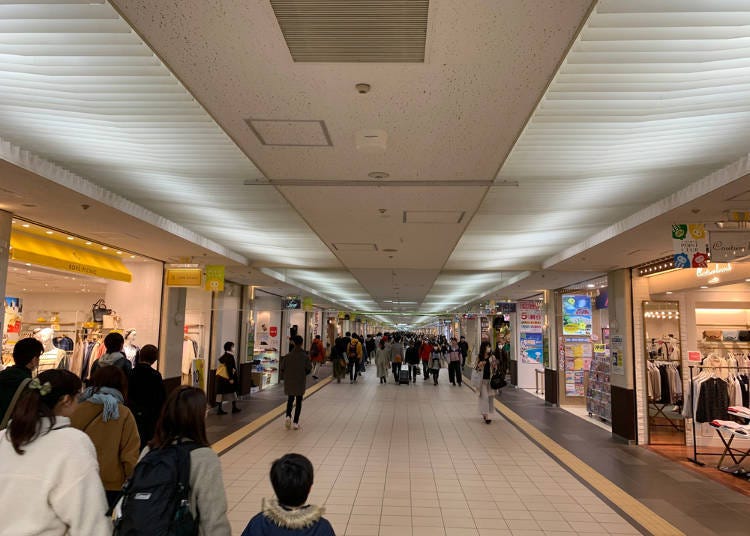
“While Hokkaido’s winters are cold, the inside of buildings seem to be hotter than summer! With sudden temperature drops of up to 30 degrees, if you walk into a shopping mall in winter clothes, you’ll soon be covered with sweat and start to feel ill! Rather than tight, stuffy sweaters, I suggest wearing zip-up tops and jackets that are easy to take on and off.” (Indian man)
Indeed, the interior of Hokkaido's buildings are well-insulated and so warm you could eat ice-cream in a t-shirt! Busses and trains are the same, making it very uncomfortable to keep wearing your winter gear inside. While it’s a bother to constantly have to strip and redress, it’s important to take care not to overheat!
5. Hokkaido’s Terrifying ‘Whiteouts!’
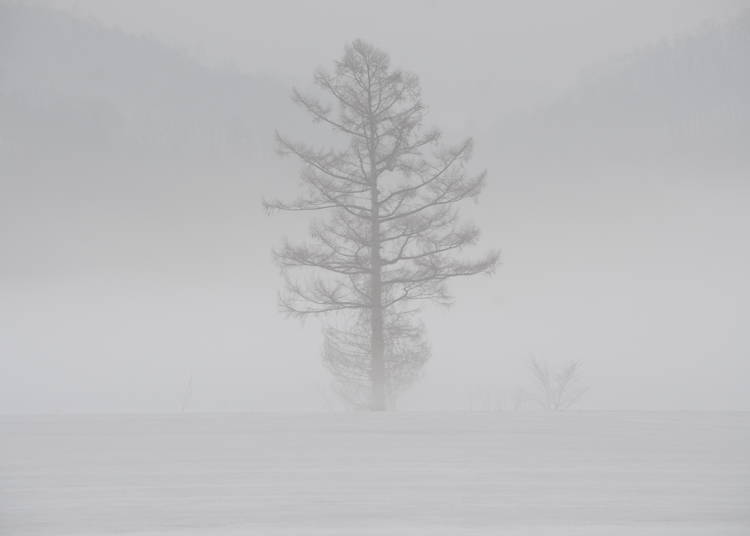
“While on the way back to my hotel after skiing at Niseko, everything suddenly went white! I was in one of Hokkaido’s notorious whiteouts! I couldn’t tell which way was left or right, so I just crouched down and waited. I was most afraid I would walk into an oncoming car and seriously hurt myself.” (French women)
Whiteouts occur when snow is blown from the ground by strong winds. The accumulated snow is thrown in all directions, blocking your vision and creating a scary, disorienting spectacle.
Whiteouts are most likely to happen around areas with low temperatures and strong winds, so make sure you’re always prepared for one when on a ski slope. If you ever get trapped in a whiteout, try to keep away from the roads and wait until the weather changes.
If you’re in a car, immediately stop and turn off the engine. After it has passed, check to make sure your car’s exhaust pipe hasn’t been blocked by snow. A blocked pipe while driving can lead to carbon monoxide poisoning.
Truly, Hokkaido is full of surprises you need to experience yourself to understand!

Surprisingly, many of the travelers we interviewed said they had researched everything about Hokkaido online before coming, so nothing surprised them!
Indeed, in this age of information, genuine surprises are becoming rarer and rarer. That’s why traveling to an unknown place and encountering new and challenging experiences is so important!
Hokkaido’s lively and harsh winter is full of opportunities to test yourself and find something fresh! Of course, while it’s fun to adventure, Hokkaido’s winter is extremely dangerous, so always be sensible and prepare in advance!
Text by: Masakazu
- Area
- Category
*Prices and options mentioned are subject to change.
*Unless stated otherwise, all prices include tax.
Popular Tours & Activitiess
Recommended places for you
-
Appealing

Rukku and Uohei
Izakaya
Sapporo / Chitose
-
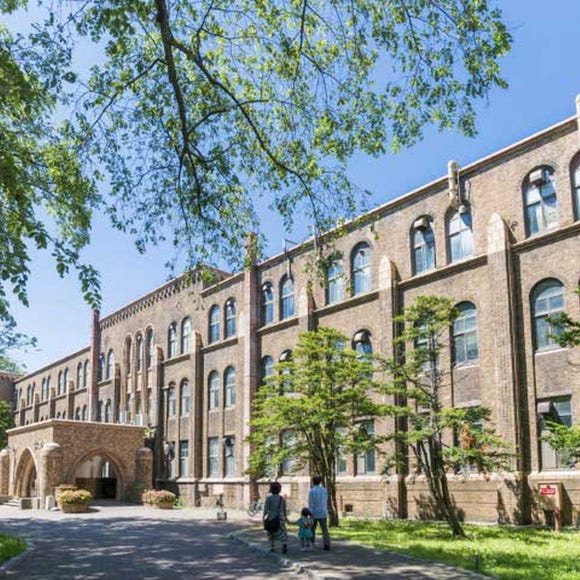
Hokkaido University
Other Architecture
Sapporo / Chitose
-

Niseko Village Ski Resort
Skiing & Snowboarding
Niseko / Rusutsu
-
Appealing

Otaru Canal
Rivers, Lakes & Canyons
Otaru
-
Appealing

Shiroi Koibito Park
Theme Parks
Sapporo / Chitose
-

Sapporo Clock Tower
Landmarks
Sapporo / Chitose
-
Ad

Smart Ways to Avoid Crowds and Enjoy a Safe, Comfortable Trip to Otaru.
-

Scenic Road Trip from Hakodate to Matsumae: Stunning Views, Traditions, and Tasty Delights
by: Nobuka Kawashima
-

Great Local Eats: 5 Expert-Recommended Local Chain Restaurants in Hakodate
by: Nobuka Kawashima
-

Beyond Hakodate and Matsumae: Enjoy the Hidden Gems of Hokkaido’s Donan Area
-
Ad

Cycling Through Hokkaido: Discover the Beauty of Memuro and the Tokachi Plains
-

7 Iconic Hokkaido locations that will make your Instagram shine
by: Himanshi Shah
-

Top 10 Things to Do in Hokkaido During the New Year Holidays (2024–25 Edition)
-

(Video) Walking Tour along Narita Omotesando - Quaint Historical Village near Narita Airport!
by: Victor Gonzalez
-

Tokyo Train Map: Your Essential Guide to Subways and Railways
-

Local Recommended: 1-Day Itinerary for Enjoying Sapporo's Winter Wonderland (Hokkaido)
by: Nobuka Kawashima
-

Getting Around Hokkaido in Winter: Transportation Tips to Know Before You Go
-

Noboribetsu Onsen: 5 Best Things to Do in Japan's Famous Hot Springs Town!
- #best sushi hokkaido
- #things to do hokkaido
- #best ramen sapporo
- #what to bring to japan
- #new years in tokyo
- #what to buy in ameyoko
- #japanese nail trends
- #what to do in odaiba
- #onsen tattoo friendly tokyo
- #daiso
- #best sweets otaru
- #japanese fashion culture
- #best nature furano
- #japanese convenience store snacks
- #best japanese soft drinks















